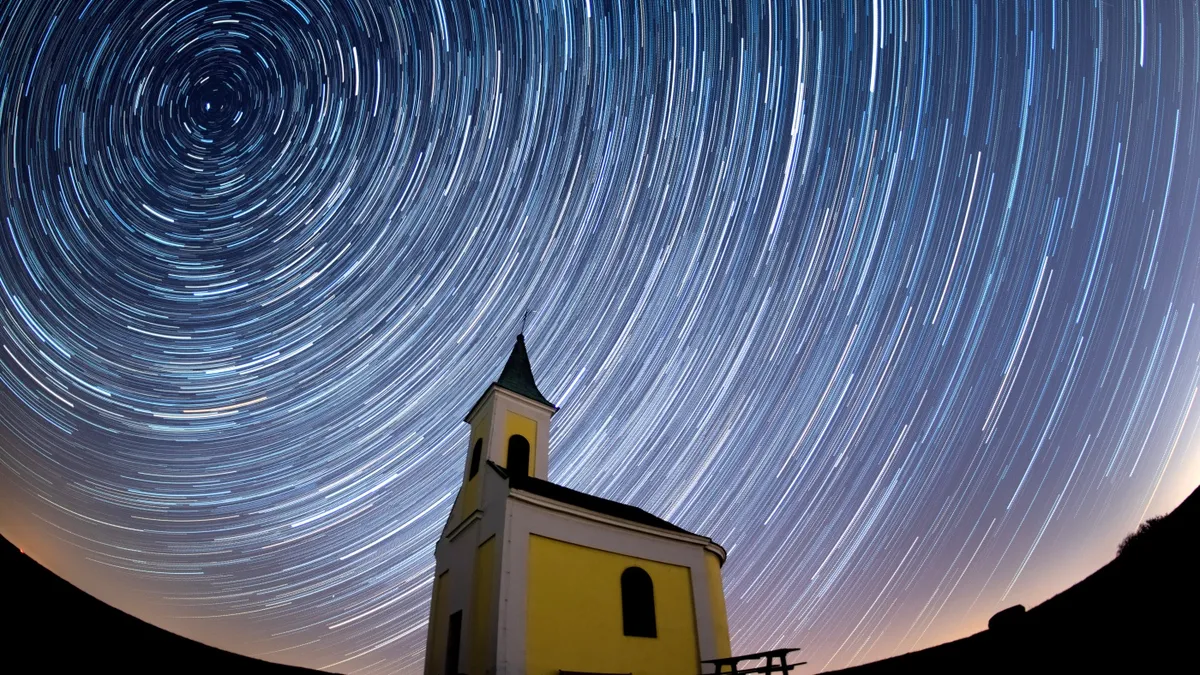
The Lyrid meteor shower, one of the oldest and most celebrated annual meteor showers, is set to illuminate the night sky once again this week. Stargazers can expect to witness this spectacular event starting Wednesday night, with the meteor activity continuing through April 25. With a rich history that dates back thousands of years, the Lyrids offer a unique opportunity for both amateur and seasoned astronomers to connect with the cosmos.
The Lyrids meteor shower is a stunning display of meteors that result from the debris left behind by comets. According to Bill Cooke, the head of NASA's Meteoroid Environments Office, these meteors are essentially the remnants of Comet Thatcher, which was first observed in 1861 by astronomer A.E. Thatcher. Each year, around the third week of April, Earth passes through this debris trail, leading to the spectacular shower as bits of space dust enter our atmosphere and incinerate, creating what many refer to as shooting stars, darting meteors, and fireballs.
Humans have been captivated by the Lyrids for millennia, with the first recorded sighting dating back to 687 B.C. This historical meteor shower provides a fascinating glimpse into our relationship with the universe. Bill Cooke mentions that Comet Thatcher, although relatively obscure, takes over 400 years to complete its orbit around the sun. The last time it was visible from Earth was during the onset of the American Civil War, and it won’t be seen again until the late 23rd century.
Interestingly, the Lyrid meteor shower will coincide with another meteor event, the Eta Aquariids, which is expected to begin on Friday and last until May 28. The Eta Aquariids are anticipated to peak on May 5 and 6, as reported by the American Meteor Society. This overlap offers skywatchers a double treat, making this time of year particularly exciting for meteor enthusiasts.
The peak viewing period for the Lyrid meteor shower is predicted to occur around April 21 and 22, when the meteor activity is at its highest. Observing this natural phenomenon requires no special equipment—just a clear, dark sky. Bill Cooke advises that urban locations, such as downtown Manhattan or Central Park, are not ideal for viewing due to light pollution. To fully enjoy the meteor shower, seek out the darkest location possible.
Once you find a suitable spot, lie flat on your back, and look away from the moon to enhance your viewing experience. It’s also recommended to allow your eyes to adjust to the darkness for about 30 to 45 minutes. After this adjustment period, prepare to be mesmerized by the dazzling display of shooting stars as the Lyrids grace the night sky.